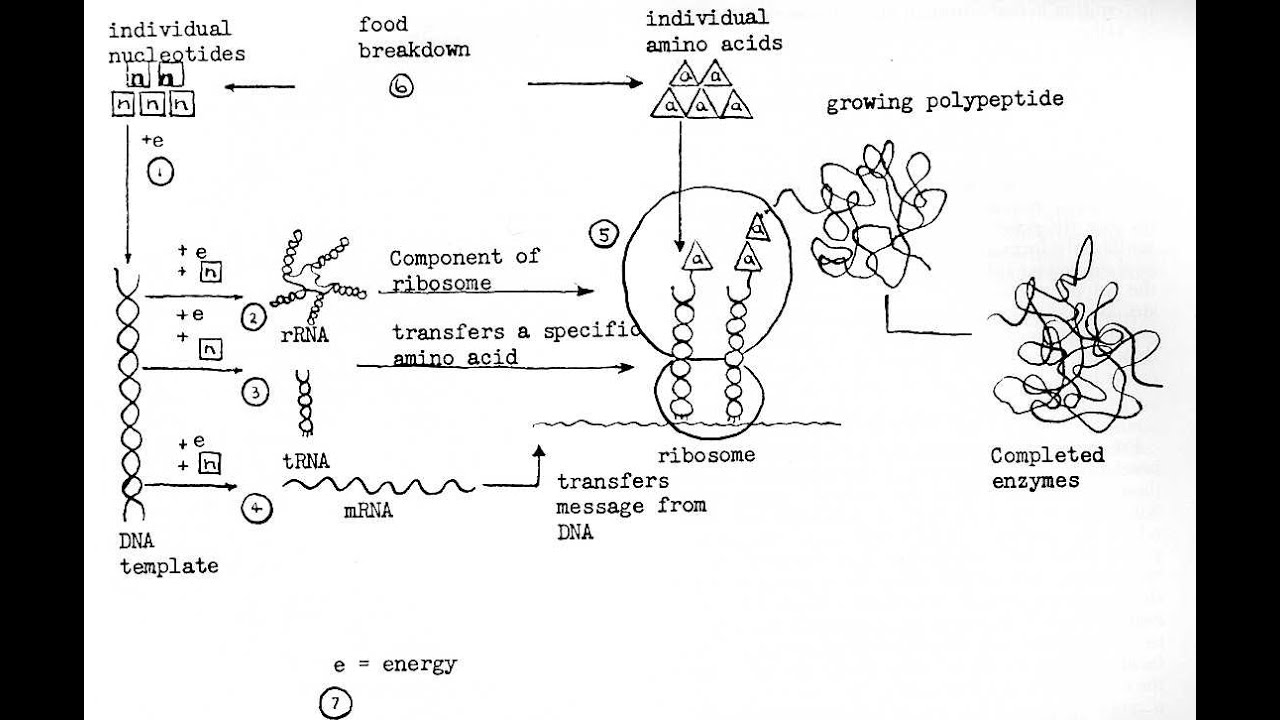Proteins and Enzymes Explained
Guests: Doug Sharp and Rich Geer
Description: Proteins in life are synthesized in the cell by means of ribosome protein synthesis. But if you create them artificially, in order for them to simulate the function in life, they need to fold up in the same way that it is used in life.
Each amino acid has a unique side chain that gives it special purpose. There are weak bonds that hold a protein structure together.
As a protein chain is assembled, these weak bonds play an important role in determining the activity of the protein and it folds up upon itself. If there is no control over that process, the likelihood that the protein will fold the wrong way is high. That is why during the manufacture of the protein in the cell, there is a regulatory mechanism that helps it to fold in the right manner.
There are twenty amino acids that are used in a chain to produce a protein. Each protein has a function to perform in life. An example is insulin, which consists of 51 amino acids in a chain. The cell uses it to regulate blood glucose levels. Proteins are called enzymes or hormones depending upon their usage. Enzymes are catalysts used to bring about a specific biochemical reaction. Hormones regulate the stimulation of specific cells into action.
